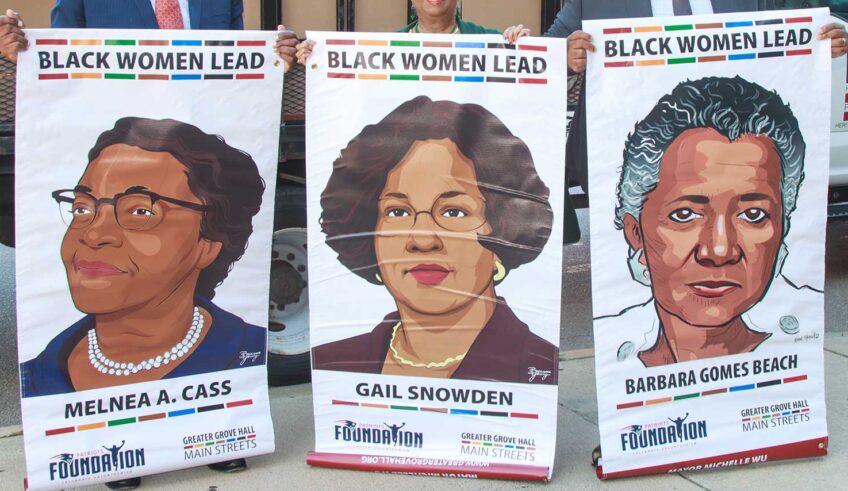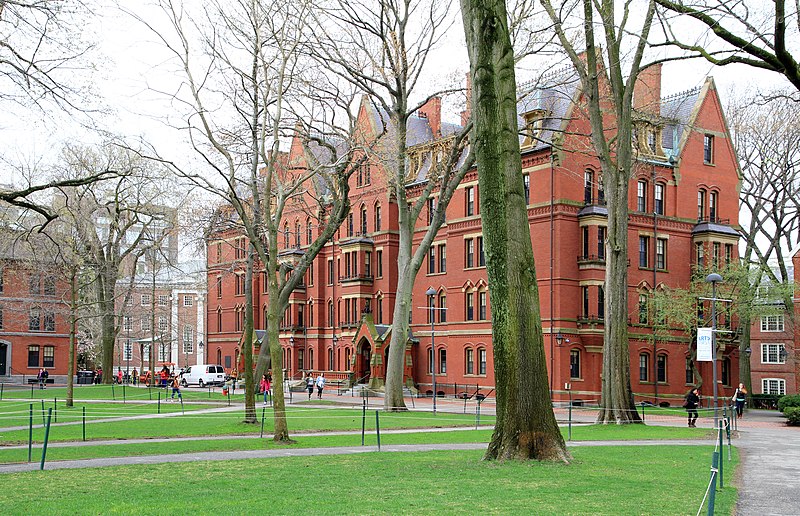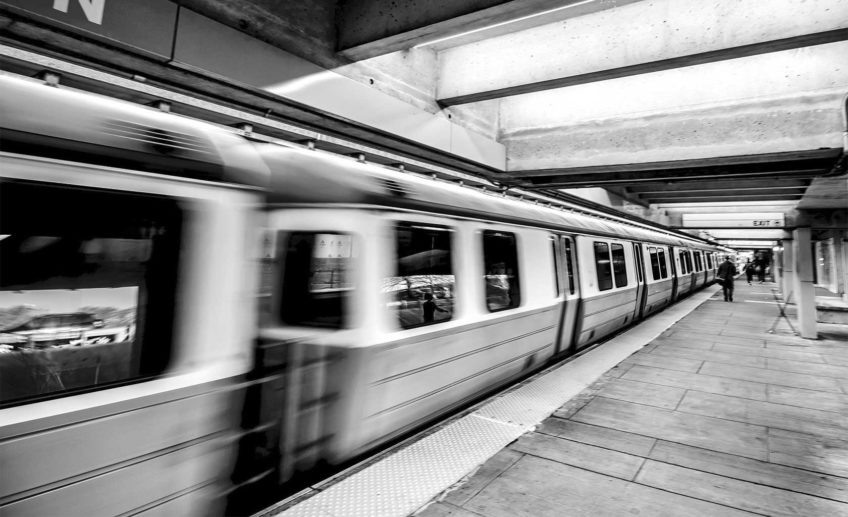Hub Schools, with wraparound services, are like outstretched arms for homeless students
When homeless children come to school, teachers are often the first to spot problems the students are experiencing away from school. Their clothes look like they could use a wash, their head is down and their eyes look sad, they’re tired after a bad night of sleep and often haven’t done homework.
There are about 3,500 Boston public school students who have no fixed address. As incredible as it sounds, 6 percent of Boston’s 56,000 students are homeless. They might live temporarily in a run-down motel, move from shelter to shelter, stay in substandard housing or “couch surf” from house to house.
While homeless students might try to cover up what they’re going through, teachers are part of the front-line army, knowing the signs of homelessness and doing what they can to help overcome their obstacles to learning. Homeless students often come to school exhausted and depressed because of chaos in their after-school lives. Many are chronically absent. They have serious transportation issues just to get to school. They might be hungry and haven’t eaten a healthy meal in a very long time. They need an extra shirt or two, a warm coat for the winter, hygiene products. They need ready access to medical and dental care as well as social and emotional services to help them through their challenges. They need after-school programs, both academic and recreational, and would benefit from an adult mentor.
In the next five years, the Boston Teachers Union wants to see homelessness for school-aged students eliminated, along with the profound consequences of poverty which lead to housing insecurity for families of students in Boston public schools. That’s not pie-in-the-sky; it’s possible.
Community Schools
We need to invest in expanding Hub Schools in Boston, named because they become the “hub” of the neighborhood. Schools and community organizations partner to provide homeless and other vulnerable students and their families with wraparound services that have an integrated focus on academics, health and social services, youth and community engagement. For instance, schools would have on-site social workers and guidance counselors, food and clothing banks, laundry facilities, health clinics, transportation help, academic assistance, and help to secure permanent housing.
Hub Schools — sometimes called community schools or community learning centers in other cities — have a proven track record. In Cincinnati, for instance, every school is a community learning center, offering health services, counseling, after-school programs, nutrition classes, parent and family engagement programs, career and college access services, mentoring and arts programs. The results? Student achievement is up, the achievement gap between African-American and white students has narrowed, and Cincinnati has been the highest-achieving urban district in Ohio for years.
The City of Boston and the Boston Public Schools are partners in a pilot program to house homeless families of 165 students, with plans to scale that up to 4,000 homeless students. Mayor Marty Walsh and former School Superintendent Tommy Chang designated $1.2 million to aid homeless students in fiscal year 2018. With Boston schools having discretion over how to spend a good portion of that money, the Boston Teachers Union recommends investing it in Hub Schools.
Hub Schools are like outstretched arms, with schools, agencies and community groups coordinating to help homeless and other vulnerable students live and learn in a stable, safe, supportive environment.
As we wrap up the Christmas season, it’s a good time to not only think about the 3,500 homeless Boston students but actually put into play a solution — Hub Schools — that we know will make a difference in their lives for years to come.
Elsa Jimenez-Vera is a member of the Boston Teachers Union and teaches at the Higginson K-2.






